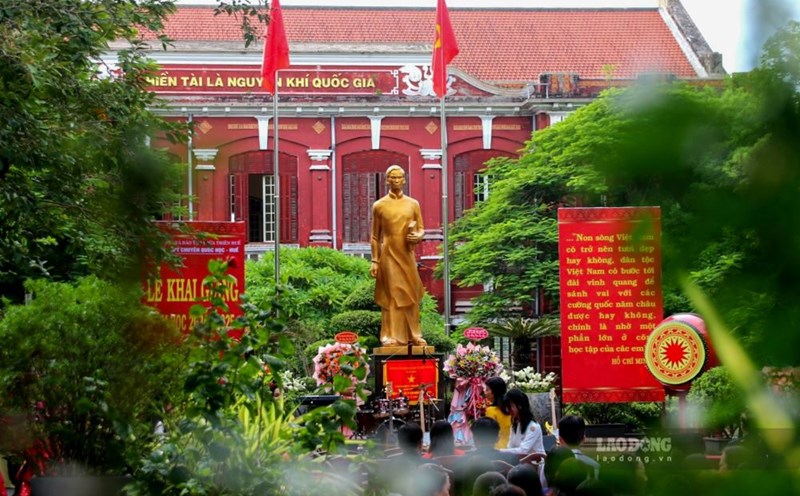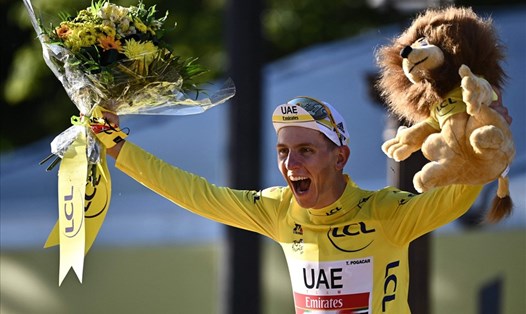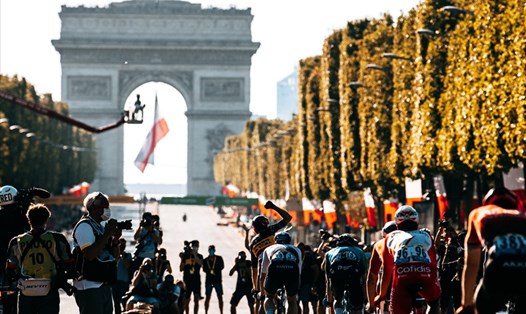The wheel of the Tour de France 2022 has rolled. For sports fans, especially cycling racing, this is one of the events marked red in the sports schedule during the year. And on the first day, viewers were not disappointed.
The 13.2km individual hour race in Copenhagen ended with a surprising result. Yves Lampaert, when not expected, was the winner. Filippo Ganna, Wout van Aert, Tadej Pogacar and Primoz Roglic all want to wear the first yellow jersey of this year's tournament, but they cannot.
With 15 minutes and 17 seconds, the Belgian racer was far ahead of his opponents. "I didn't expect this. The victory here, at the Tour de France, and in this way, is spectacular. I just hope to make it into the Top 10! , Lampaert said in tears.
For the second consecutive year, Quick-Step took an early lead at Grande Boucle (last year it was Julian Alaphilippe). In addition to the reason related to weather conditions, experts point out that the secret behind the victory of the 31-year-old Belgian crabs lies in the helmet.
While many cranes use conventional helmets, Lampaert chooses the antique style. Like Jasper Philipsen and Kasper Asgreen, his choice to defend his head quickly attracted attention. The main reason is its shape, with a very spacious, bulky feeling and designed to fully hug the front of the runners.
The technological revolution in the world of cycling racing, especially in hourly races, is carried out annually to try to race against time. This year, the race to try to minimize the impact of air is receiving a lot of attention. That is one of the points that the S-Works TT 5 professional helmet is aiming for.
This hat - tested and completed in a California wind tunnel, can improve race time in 40km up to 26 seconds. At the very least, those are the results that Remco Evenepoel and Agreen themselves achieved during the testing period.
After the results are available, there are some technical aspects that need to be considered. With its shape, the hat aims to bring its rear closer to the shoulder of the driver, minimizing the flow of tornadoes that create resistance. A front, an optical barrier is carefully calculated, with 2 factors.
On the one hand, it is designed to avoid image deformation that can occur at high speeds; on the other hand, through waterproof coating, it helps remove moisture and reduce the disadvantages caused by fog.
Then there is the department that is responsible for keeping the helmet tighter (like socks integrated into football shoes) improving aerodynamics and also minimizing the impact of air. Some features are reminiscent of the trend in the 1980s, when runners used pants and socks to squeeze their ears closer to the head. At that time, there were controversies, but from there, it also paved the way for technological revolutions...











